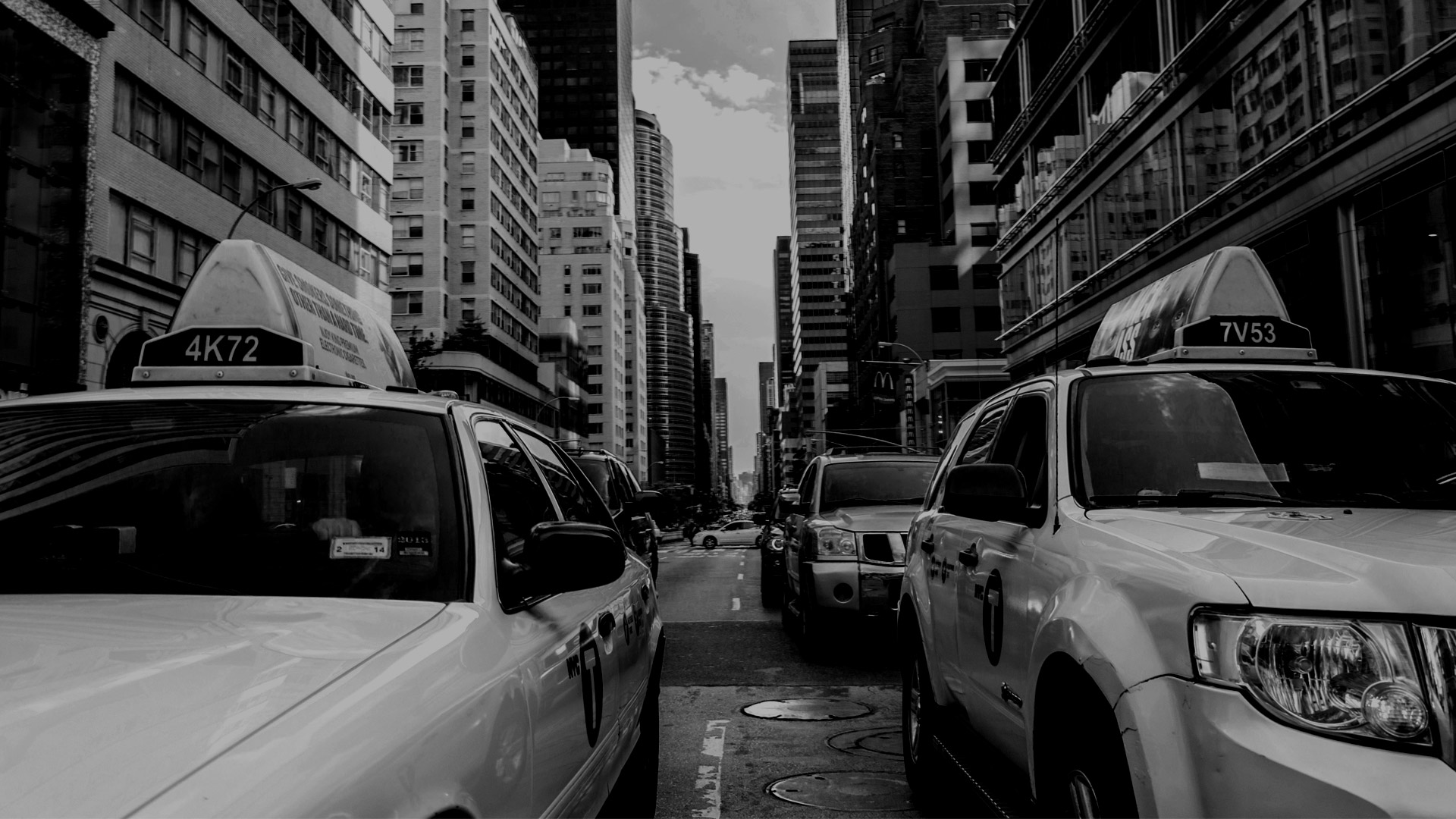The Best and Worst Ways to Make Your Photos Black & White
This post was originally published in 2015
The tips and techniques explained may be outdated.
Black and white photography has been popular since people very first began capturing moments with cameras. There’s a range of tools you can use to make your images black and white, that all provide different results. In today’s video we’ll discuss Desaturate, Grayscale, the Channel Mixer, Black and White adjustment layers, B&W Mix and Gradient Maps in Photoshop and Lightroom.



I just watched your video on converting images to b&w. I work for a print/media company where we need the b&w images to be in 100% black (K) and not a rich black. Is there anyway to use the options you discussed but have the end result be in 100% (or other percentages) of K? We use CMYK, and adjusting the image to grayscale is the only way I know how to only use “K” in the image.
Thanks for your input!
I’ve used the Gradient Map method to produce black and white images using just percentages of K by setting the black in the gradient to 0,0,0,100. It worked well for that particular project but I’d actually be interested in hearing other people’s opinions on this too.
Make the adjustments as Chris shows, then flatten your image. NOW convert to grayscale to get your K only file.
A wonderful guide. I must confess that I’m guilty of just hitting “desaturate” most of the time but realise I’m missing out on a massive variety of adjustments and effects. Thanks!
Thanks Chris,
Normally I use B&W, but I must admit to using, at times, Desaturation followed by Selective Color to adjust or “put back” the black and neutral tones. What about Shadows/Highlights?
I always learn something at Spoon Graphics!
Thank you so much for this awesome tutorial. It is really much appreciated!
Just wanted to say i love your video series!!! The visual and audio aspect make it so much easier to learn from. Keep it up!!!
Hello Chris
You are a great man. I like your total series. Thanks …….
Thanks for sharing your techniques, a good method for converting to black and white is calculations (image>calculations). This allows you to mix channels using blending modes, worth experimenting with.
Your way is SO much better than mine. Thanks for sharing.